It’s not news to us that some companies gain large amounts of information about their customers by tracking their purchases—but how far is too far? Not too long ago, Target’s customer purchase tracking system informed a father of his daughter’s pregnancy, which he had been unaware of.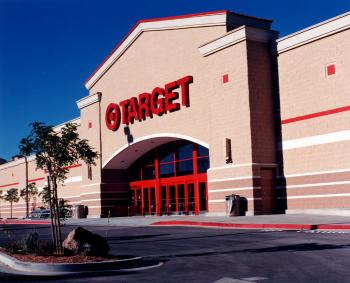
Target gathers information about its customers by using Management Information Systems that assign every customer a Guest ID, tied to the customer’s credit card/name/email, in order to then track and store information about their purchases and demographics. These IT systems can then filter through the data and identify trends and patterns, as well as predict future purchases (based on customer’s previous purchases). Target ended up sending coupons to this female customer who happened to be pregnant, which were received by her father.
This depicts a large concern many customers face with giving away personal information when purchasing goods (for example, through the use of their credit cards). Some may consider the information useless and brush it off, but others are uncomfortable with government and different companies having such large amounts of their personal information. The main point here is that use of MIS has greatly increased companies’ knowledge about their consumers, which then brings in ethical issues concerning intrusion of privacy. Personally, I think customers are afraid because they don’t know what is done or can be done with the information. However, it seems obvious that companies are only using this information to increase profits, which should be harmless to us customers.
Target Tells Man Daughter is Pregnant Before She Does, Sympatico.ca News


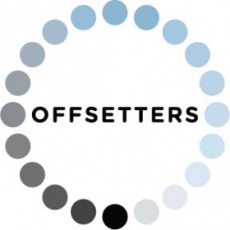

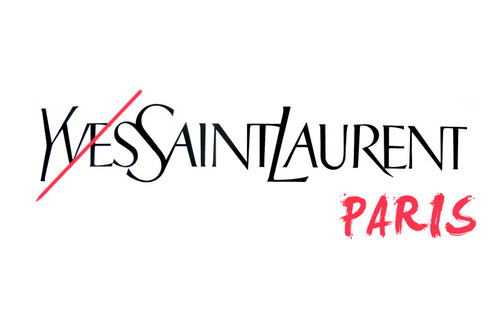




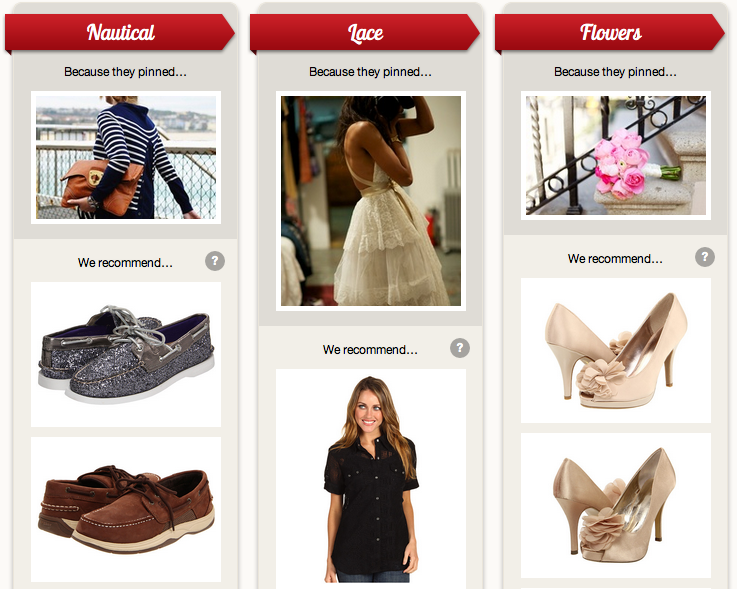
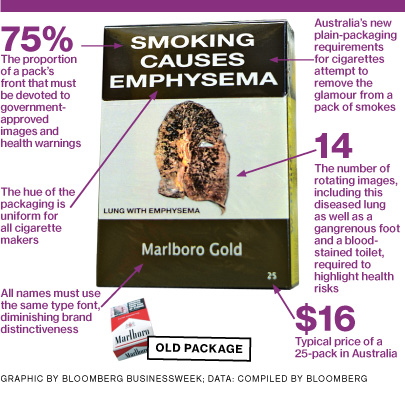

 As the Paralympic Games came to a close last week, attention was brought to NBC Sports Network’s rather limited coverage of the event. In all, NBC broadcasted a mere total of 5.5 hours of the games. It is not realistic to expect full coverage of the Paralympics simply due to the relatively smaller profit margins from 2 weeks of Paralympics broadcasting versus 2 weeks of NBC’s usual prime time programs, which are evidently preferred by their viewers. But still, complaints arose towards NBC’s under coverage of the games, as some critics believe that the Paralympics might not be popular among viewers simply because they have yet to be exposed to it.
As the Paralympic Games came to a close last week, attention was brought to NBC Sports Network’s rather limited coverage of the event. In all, NBC broadcasted a mere total of 5.5 hours of the games. It is not realistic to expect full coverage of the Paralympics simply due to the relatively smaller profit margins from 2 weeks of Paralympics broadcasting versus 2 weeks of NBC’s usual prime time programs, which are evidently preferred by their viewers. But still, complaints arose towards NBC’s under coverage of the games, as some critics believe that the Paralympics might not be popular among viewers simply because they have yet to be exposed to it.